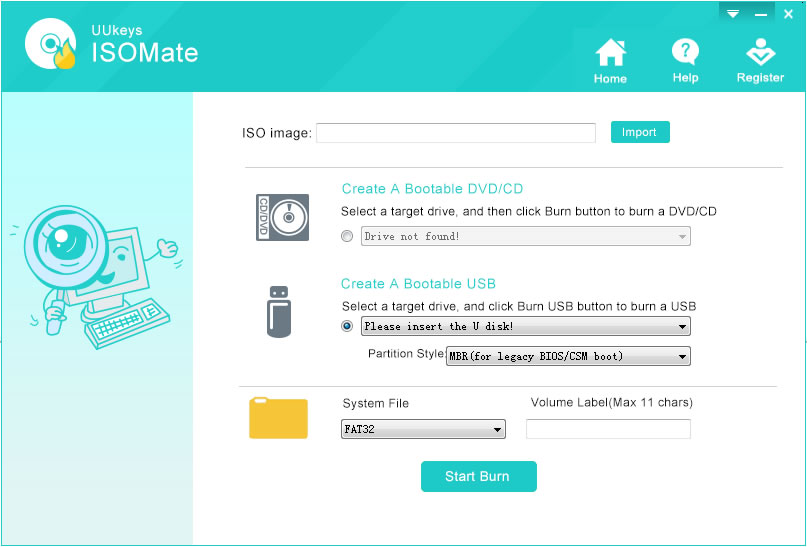
/i.s3.glbimg.com/v1/AUTH_08fbf48bc0524877943fe86e43087e7a/internal_photos/bs/2021/1/e/uPN9LrRtKoxjqqdBifiA/2014-11-18-captura-de-tela-2014-11-17-as-142700.png)

If it lists a number of boot options you're good to go. To see whether you're currently using UEFI boot, run sudo efibootmgr -v in a terminal. If you find an EFI directory in the ISO that's usually a good sign. Once again: Please note that for this to work, your computer's firmware must be UEFI compliant and the ISO must be ready for UEFI boot. Restart your computer and choose to boot from the USB drive.I don't know why, but GParted could still see it and the end result was still a bootable USB drive, so I guess it doesn't really matter.) (While testing this I couldn't mount the USB drive anymore after setting the boot flag. In GParted, right click the partition, choose "manage flags" and then check the "boot" option. Add the 'boot' flag to the partition you've created and added the files to.Now, when you have access to both the ISO and the USB drive as filesystems in your file manager (Nautilus or whatever) just copy and paste all files in the ISO to the USB drive.With this software, you can easily burn data from Microsoft Word, Excel, Power Point or even Open Office Calc into.
WINDOWS 8 USB ISO BURNER SOFTWARE
WINDOWS 8 USB ISO BURNER WINDOWS 10
(Edit: I just tried this with Windows 10 without success. I've successfully done this with both Windows 8.1 and Ubuntu 14.04, but I can't vouch for any other OS. The ISO must be configured for UEFI boot for this to work. CSM)) all you'll need is GParted and a file manager. If you boot with UEFI (not BIOS or UEFI with BIOS compatibility mode (a.k.a.


 0 kommentar(er)
0 kommentar(er)
